Houshi Ryokan, the World’s Oldest Hotel
This ryokan was founded in 718. First a sanatorium, it has now become a place of leisure where one can appreciate the benefits of hot springs.
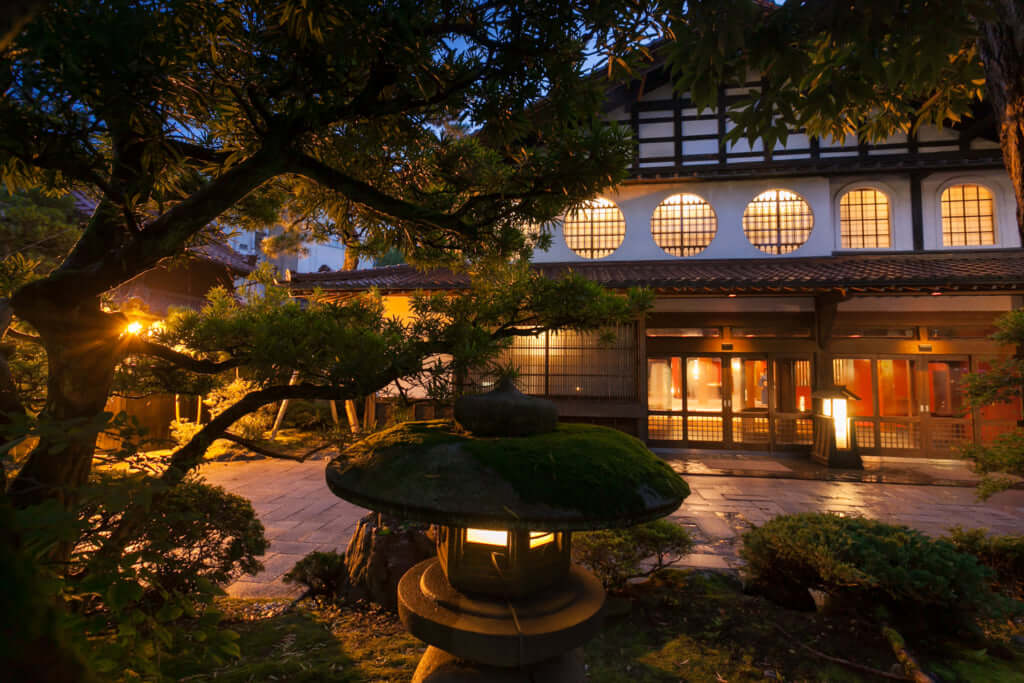
Courtesy of Awazuonsen Houshi Ryokan
Visitors who spend a night at Houshi Ryokan get a little taste of history. This ryokan, built in 718, has remained in the hands of the same family ever since, being owned by the 46th generation as of 2019. This also makes it the oldest Japanese company.
Monk Taicho Daishi was far from imagining such records when, over 1340 years ago, he created Awazu-onsen near the city of Komatsu on the Sea of Japan coast, to allow the residents to enjoy the benefits of the region’s hot springs. Following the success of this, a sanatorium was established in the thermal station to cure the ills of the increasing number of visitors.
Hospitality transmitted from one generation to the next
The sanatorium was then taken over in 718 by a disciple of monk Taicho Daishi, Garyo Houshi (houshi meaning ‘Buddhist priest’ in Japanese), first in the family line, and gave way to a ryokan to welcome travellers visiting the coast.
1,300 years later, it’s still possible to walk in the footsteps of the multiple generations who followed one another to welcome travellers and allow the values of hospitality that the family holds so dear to live on. ‘The heritage of our old hotel has been cherished and cultivated to this day, and will continue with future generations’, promise Zengoro Houshi and his wife, the current owners, on the ryokan’s website.
Traditional rooms with a view
As the years have passed, the establishment has become gradually more modern, but has not lost the slightly old-fashioned charm that characterises these traditional Japanese hotels. Hoshi Ryokan now has 70 bedrooms, some of which are suites, dispersed across the four wings of the building, each of which is named after one of the four seasons. The bedrooms remain true to the Japanese minimalist spirit, with tatami mats, shoji sliding doors made from wood and washi paper, and comfortable futons to sleep on—not forgetting the traditional pillows filled with grains of rice.
All of the rooms look out onto a beautiful Japanese garden with cedar and pine trees surrounded by bright green moss. As such, wherever you are in the ryokan, nature is never far away. It’s a way of paying homage to Toemon Sano. This master gardener, 16th of his family, created the ryokan’s Japanese garden during the Edo period, intending to give the impression of spending the night in the heart of a forest. You can also see the Enmeikaku pavilion, built during the Meiji period (1869-1912) from cypress wood, which has welcomed members of the imperial family.
Baths and contemplation
Of course, the ryokan has onsen, hot spring baths. There are two outside, one mixed and one for men only, both of which look out onto the garden, and two inside, one for women only and another for private hire, so visitors can enjoy a little bubble of Japanese comfort.
Hisae, Zengoro Houshi’s daughter, will take over the ryokan. This is a first, as she comes after a long line of male-only heirs, and marks a wind of change for Houshi Ryokan as it continues to transmit Japanese traditions and culture.
More information on Houshi Ryokan is available on its website.
Address: Awazuonsen, Komatsu-shi, Ishikawa, Japan
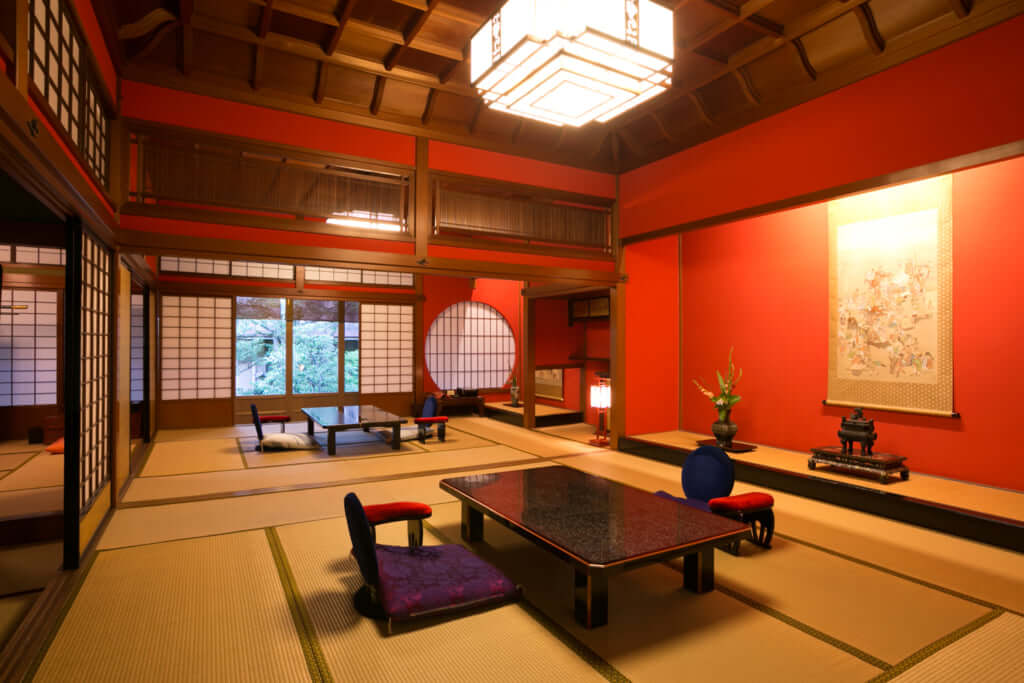
Courtesy of Awazuonsen Houshi Ryokan
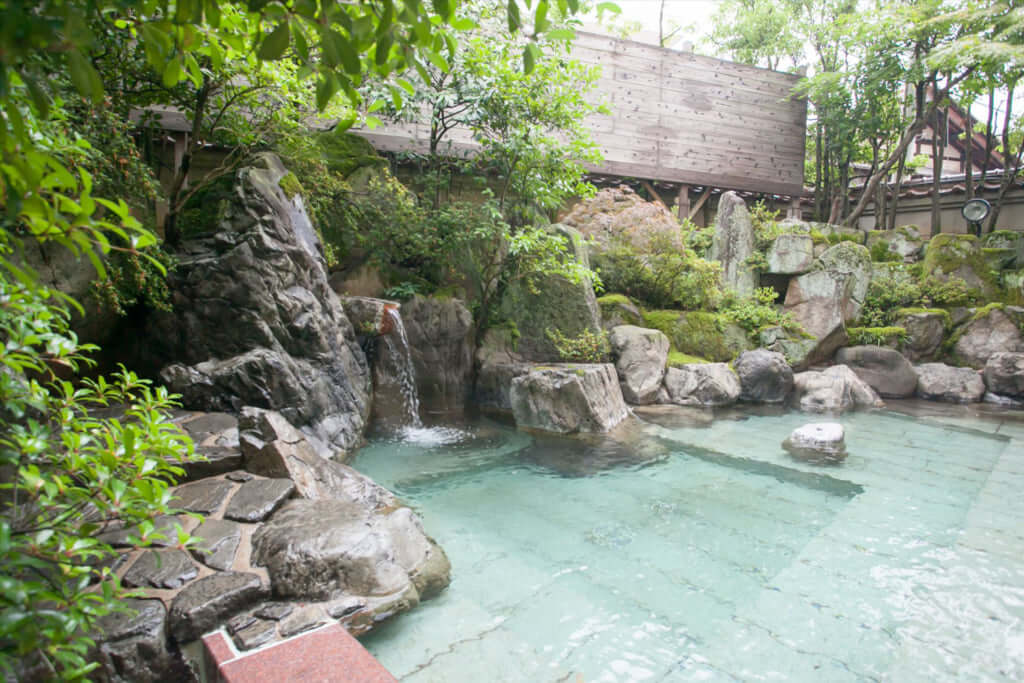
Courtesy of Awazuonsen Houshi Ryokan
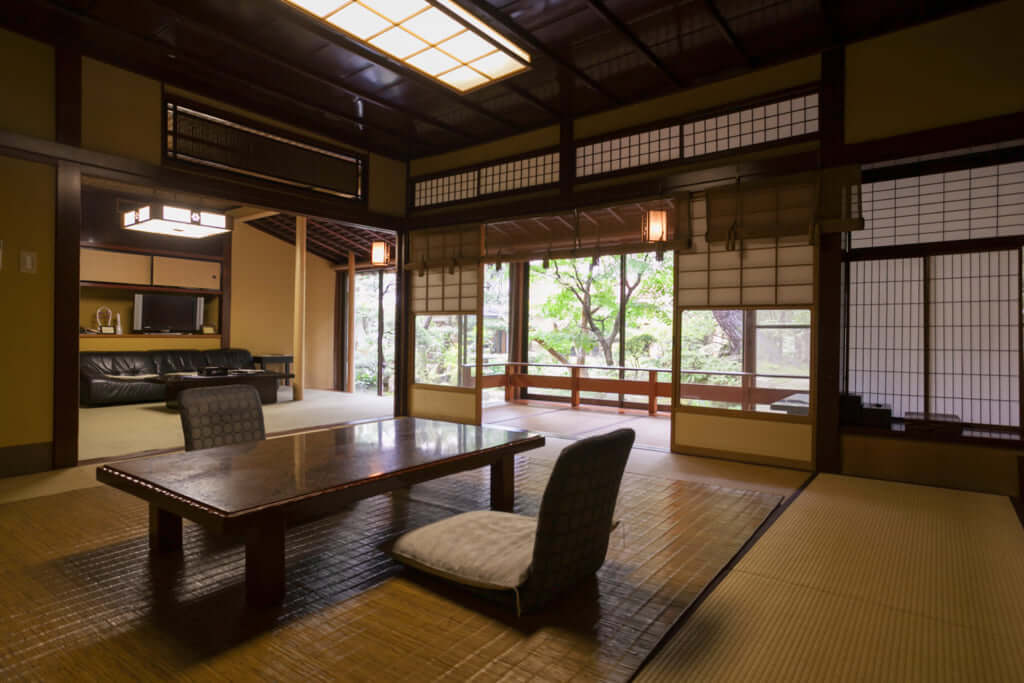
Courtesy of Awazuonsen Houshi Ryokan
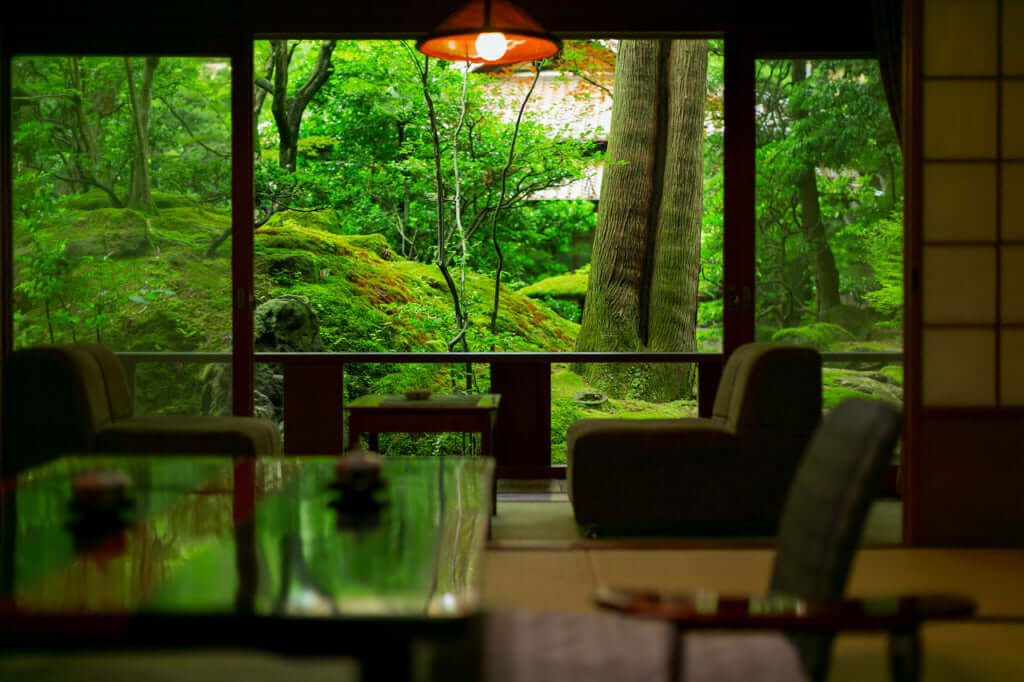
Courtesy of Awazuonsen Houshi Ryokan
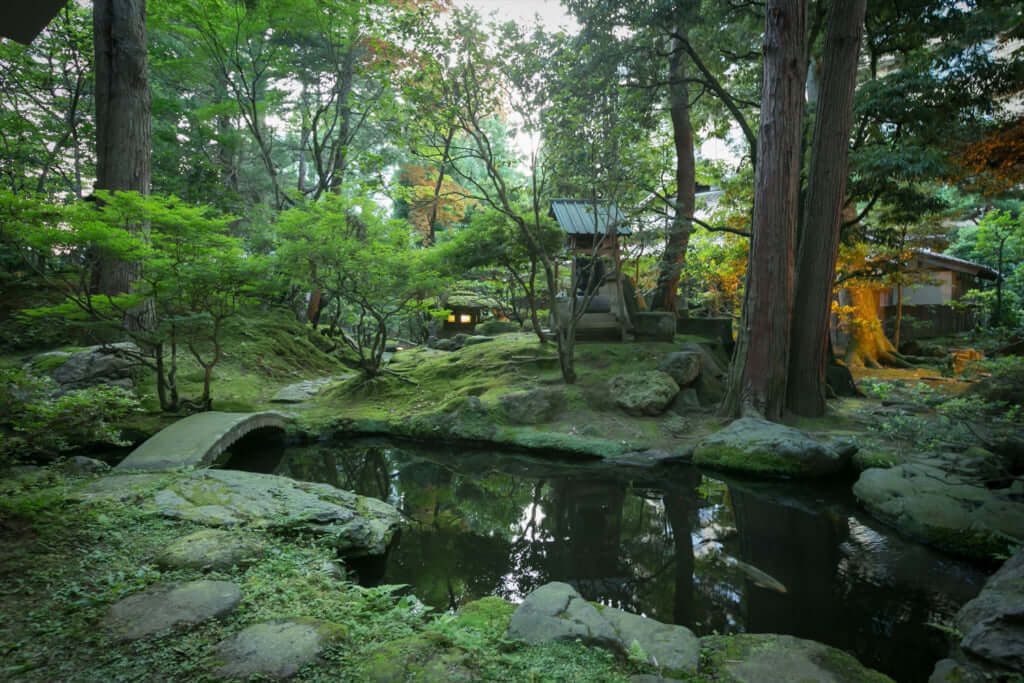
Courtesy of Awazuonsen Houshi Ryokan
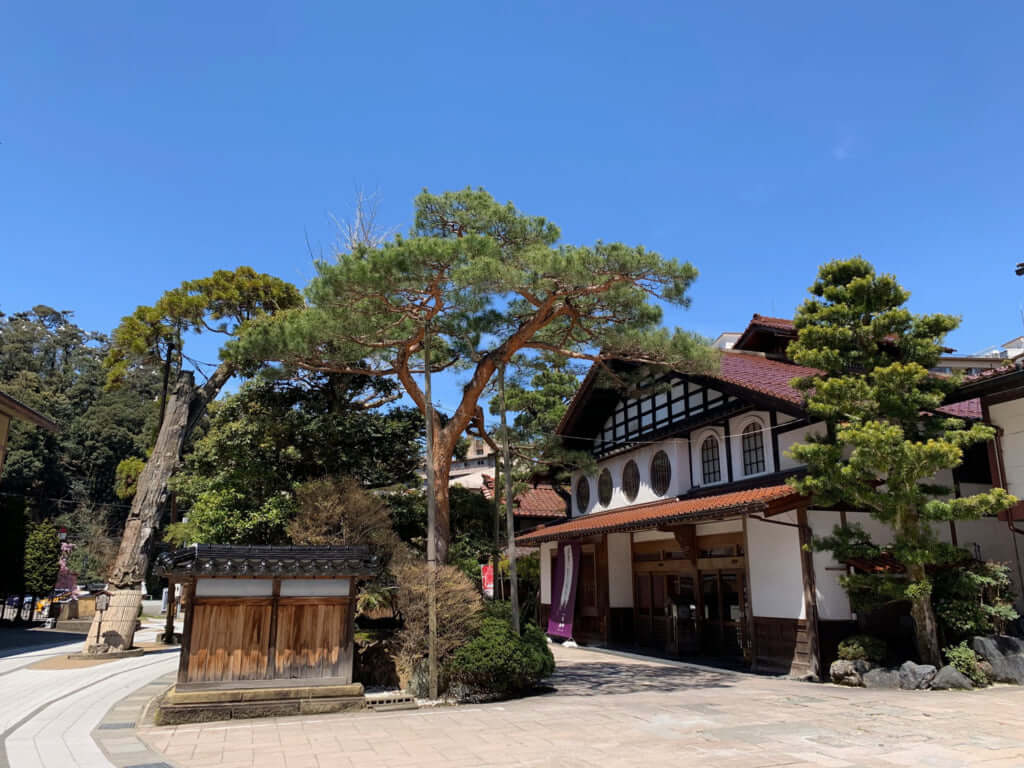
Courtesy of Awazuonsen Houshi Ryokan
TRENDING
-
A House from the Taisho Era Reveals Its Secrets
While visiting an abandoned building, Hamish Campbell discovered photographs the owner had taken of the place in the 1920s.

-
The Taboo-Breaking Erotica of Toshio Saeki
The master of the 1970s Japanese avant-garde reimagined his most iconic artworks for a limited box set with silkscreen artist Fumie Taniyama.

-
With Meisa Fujishiro, Tokyo's Nudes Stand Tall
In the series 'Sketches of Tokyo', the photographer revisits the genre by bringing it face to face with the capital's architecture.

-
Masahisa Fukase's Family Portraits
In his series ‘Family’, the photographer compiles surprising photos in which he questions death, the inescapable.

-
Hajime Sorayama's Futuristic Eroticism
The illustrator is the pioneer for a form of hyperrealism that combines sensuality and technology and depicts sexualised robots.





